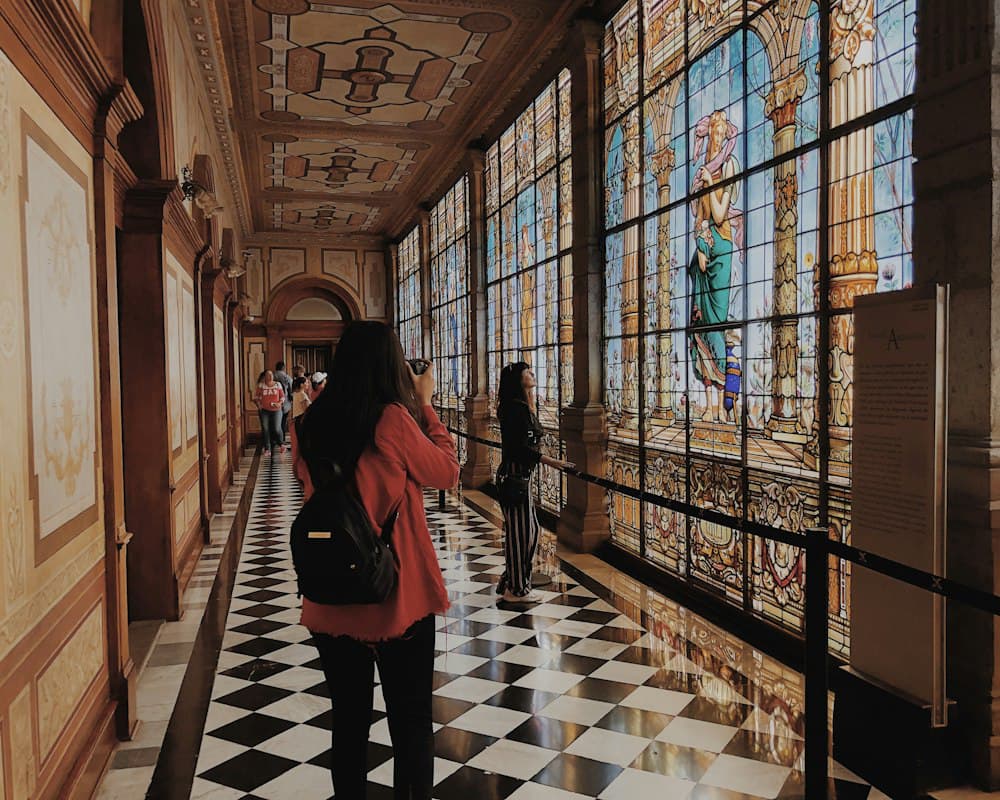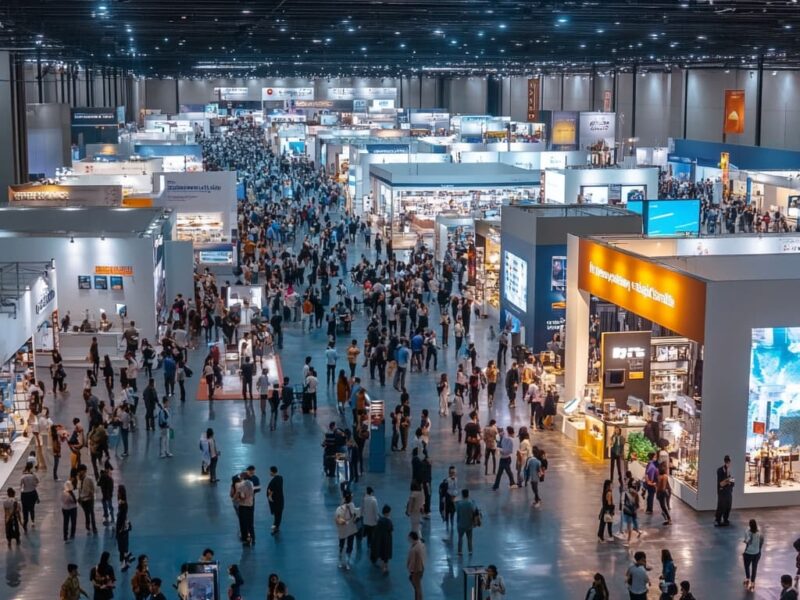As you step into the world of art, you might not initially think about the impact of something as seemingly simple as a door. However, in the world of art buildings, especially galleries and museums, the design and use of glass doors are more than just practical entrances; they are key players in creating a memorable and immersive experience.
Join us as we explore how these transparent barriers set the stage for the artistic wonders that lie beyond.
The Art of First Impressions
Picture this: You approach an art gallery, and the first thing you encounter is a majestic glass door. It’s not just a barrier; it’s a window into the soul of the space you’re about to enter. Glass doors have a unique ability to offer a glimpse of the artistic treasures inside while maintaining a sense of mystery.
As you reach for the handle, you’re already part of an unfolding narrative, a story that begins before you even set foot inside.
Consider the Louvre in Paris, with its iconic glass pyramid entrance. The transparent surfaces of the pyramid and the surrounding glass doors not only welcome visitors with an abundance of natural light but also frame the grandeur that awaits within. The effect is both inviting and awe-inspiring, setting the tone for the artistic feast that follows.
A Seamless Transition
Once you step through the glass door, the transition between the outside world and the curated space within is almost seamless. The transparency of the door blurs the boundary between the exterior and interior, allowing you to ease into the artistic realm gradually.
Unlike solid doors, glass doors maintain a visual connection with the world outside, ensuring that you don’t feel entirely detached from reality. This connection enhances the immersive quality of the art experience, making it more than just a visit to a building; it’s a journey into another dimension.
Imagine walking into the Museum of Modern Art (MoMA) in New York City. The glass doors there serve as a visual bridge between the bustling cityscape and the serenity of artistic expression. The transition is not abrupt; it’s a harmonious flow that adds to the overall ambiance of the gallery.
Natural Light and the Artistic Palette
One of the most enchanting features of glass doors is their ability to harness natural light. The play of sunlight on the glass can create a dynamic interplay of shadows and reflections, turning the entrance into a work of art in itself. This interplay sets the mood for what lies ahead, influencing your perception of the art before you’ve even glimpsed the first exhibit.
Consider the Glass Pavilion at the Toledo Museum of Art in Ohio. The entire structure is a celebration of transparency, with glass walls and doors allowing an abundance of natural light to flood the space. The result is a vibrant, ever-changing environment that enhances the viewing experience, making art come alive in the dance of light and shadow.
Connecting with the Surroundings
Glass doors not only connect you with the art inside but also with the surroundings outside the building. Whether it’s a lush garden, a bustling street, or a scenic view, the use of glass doors creates a visual dialogue between the curated space and its environment. This connection adds layers to your art experience, offering a unique perspective that goes beyond the confines of the gallery walls.
The Tate Modern in London exemplifies this concept with its extension featuring a stunning glass façade. The expansive glass doors provide panoramic views of the Thames River and the cityscape, creating a dynamic interplay between the artworks and the urban landscape. This intentional connection with the surroundings adds depth to the art, inviting you to appreciate it in the context of the world beyond the gallery.
Fostering a Sense of Openness
The transparency of glass doors fosters a sense of openness and accessibility. Unlike solid doors that can create a barrier, glass doors invite you to explore what lies beyond without any sense of confinement. This openness contributes to a more inclusive and welcoming atmosphere, encouraging a diverse audience to engage with art in a space that feels inviting and approachable.
Consider the Van Gogh Museum in Amsterdam, where the entrance features large glass doors that create a sense of transparency and accessibility. The openness of the design invites visitors of all ages and backgrounds, making the museum a space for everyone to enjoy and appreciate the beauty of art.
Conclusion
As you navigate the art world, take a moment to appreciate the often-overlooked role of glass doors in shaping your experience. These transparent barriers are not mere entrances; they are portals that bridge the gap between the outside world and the artistic wonders within. From offering tantalizing glimpses to fostering a seamless transition, from harnessing natural light to connecting with the surroundings, glass doors play a crucial role in setting the tone for a memorable and enriching artistic journey.
When it comes to selecting the perfect interior glass doors for your own spaces, consider the craftsmanship and quality offered by companies like Dominius.no. A leader in the industry, Dominius.no understands the significance of well-designed glass doors in creating an atmosphere that enhances your surroundings.
Just as in the world of art, the right choice of glass doors can elevate your living or working space, turning it into a canvas for your own daily masterpiece. So, whether you’re entering a gallery or contemplating a redesign of your personal space, let the artistry of glass doors guide you toward a more captivating and inspiring environment.



